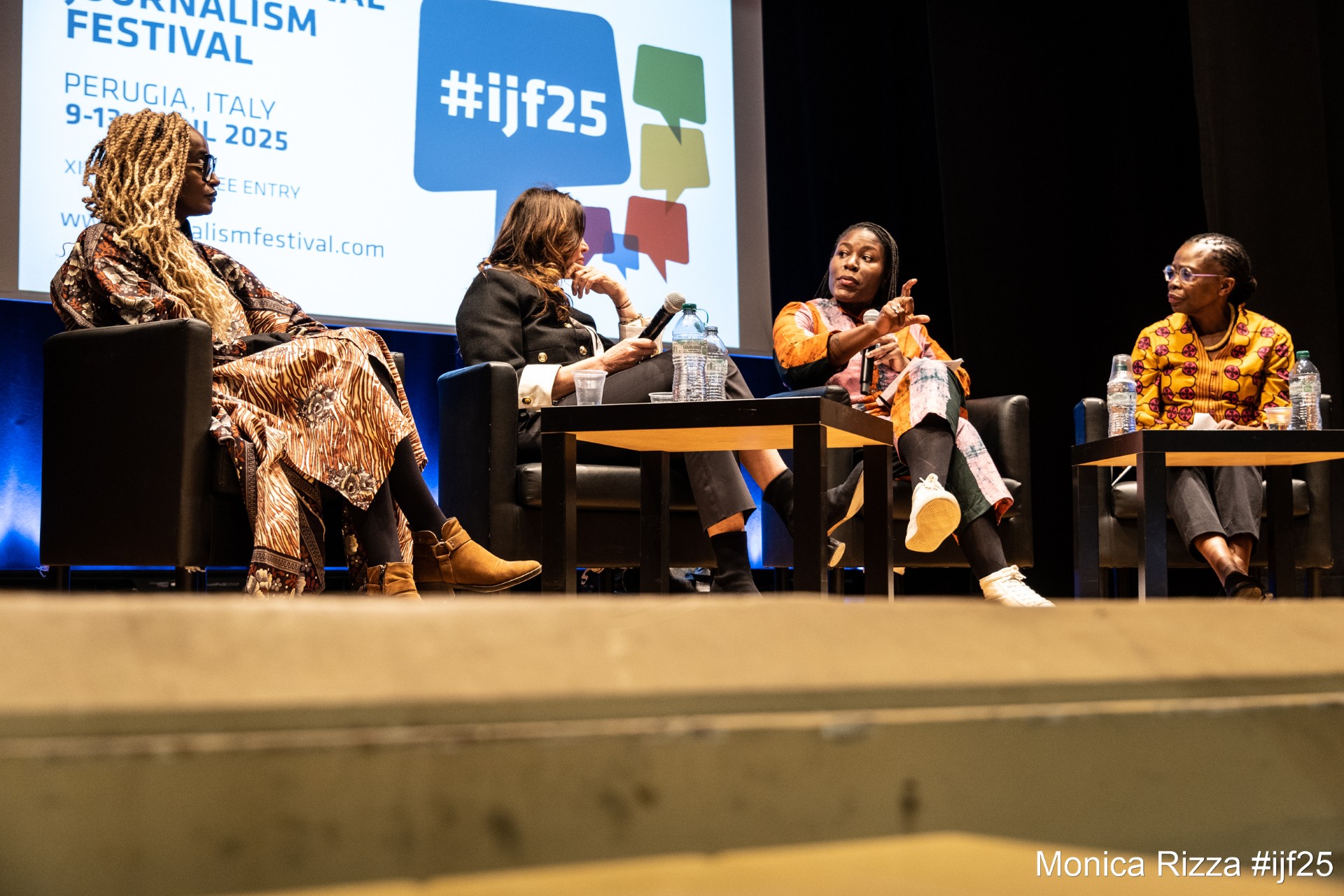Careers
The Fuller Project is an award-winning global newsroom dedicated to publishing groundbreaking reporting that catalyzes positive change for women. Since 2015, our reporting has helped end life-threatening practices, led to large scale releases of public data, and prompted the introduction of new legislation.
We are an equal opportunity employer and we value diversity of all forms in our newsroom.
Join our Team. Make an Impact.
Current Openings
Jobs
Multimedia producer, part-time
No openings currently available. Please check back later.
Internships
No openings currently available. Please check back later.
Representation and Inclusion
We believe that we are best equipped to pursue our vision of journalism that fully represents all women when our team, contributor network, freelance network, consultants, and vendors all reflect and represent the wide diversity of lived experiences and identities across society.
At The Fuller Project when we refer to “women,” we use this term expansively to include transgender women, non-binary, gender non-conforming individuals, and all who experience marginalization based on gender. We recognize the diversity of experiences within these communities while acknowledging the shared challenges they face in media representation.
We are continuously assessing the perspectives on the team, missing voices, and how our team and wider network can contribute to our overall diversity.








